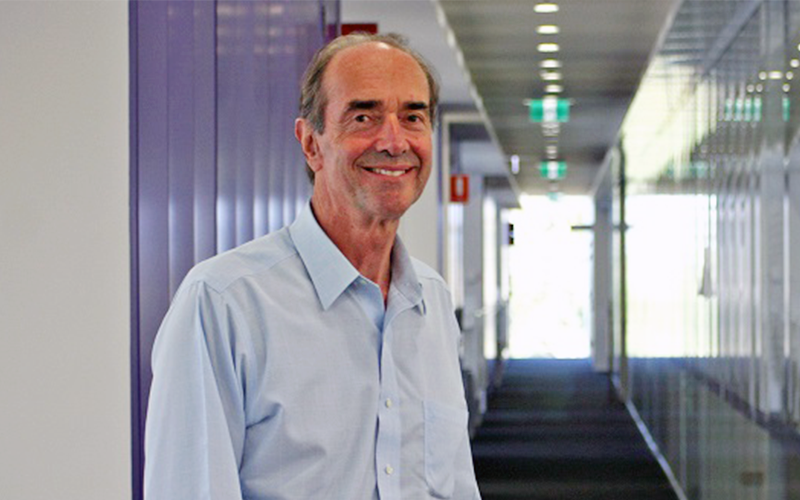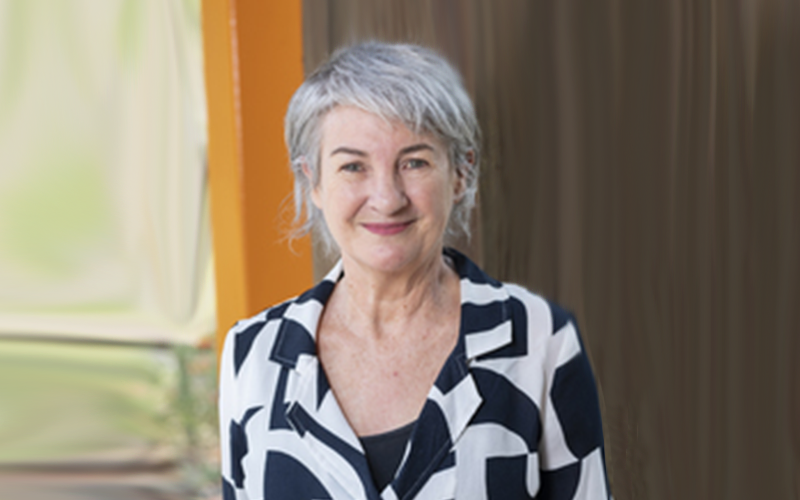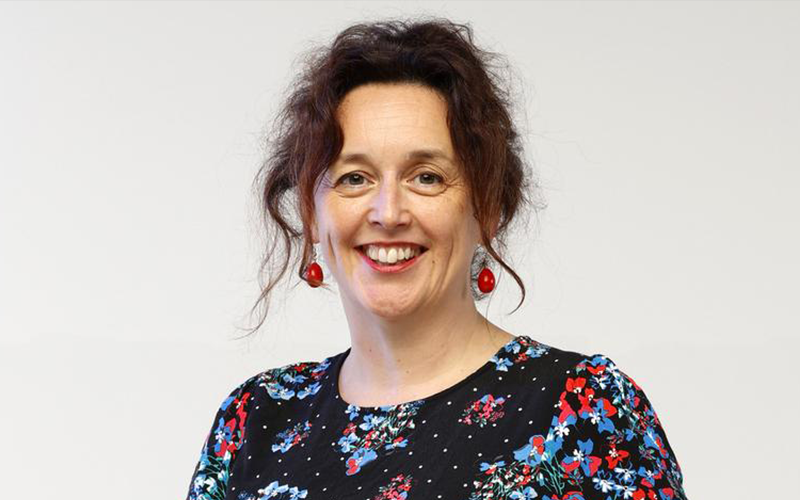Every year, there are still too many heartbroken Aussie families whose precious baby or child dies, often leaving them with painful unanswered questions.
That’s why it’s so important we continue to invest in research that could ultimately save lives, including these research projects that our generous supporters recently helped fund.
Here, we’ve highlighted three important studies. This incredible work could not have been possible without our generous supporters.
1) Preventing stillbirth by Understanding Placental Aging

Research lead:
Laureate Professor Roger Smith AM
Why this research is needed:
Laureate Professor Roger Smith AM discovered that many stillbirths are caused by an aging placenta that slowly reduces the nutrients and oxygen a baby needs to survive.
The team are developing a way to detect an aging placenta in pregnant women so they can act before it’s too late.
Progress so far:
The research team were able to find three different markers in the blood of pregnant women called exosomes. Exosomes are tiny particles that a placenta releases into a mother’s blood stream. Excitingly, we have confirmed that these exosome particles can indeed measure how well a placenta is working—the first step to predicting some stillbirths.
The next step is to work out how to find and test these exosome particles in a sample of a mother’s blood, and how to interpret those results to identify which pregnancies are at a higher risk.
The research aims to develop a simple blood test that will be able to predict stillbirth, allowing doctors to intervene before the unimaginable happens.
This research project is so exciting. It gives us hope for a future where we could help prevent stillbirths from happening — and it’s all possible because of the incredible support of our wonderful donors!
2) Improving our Bereavement Services

Research lead:
Associate Professor Fran Boyle
Why this research is needed:
To ensure Red Nose is continuously providing the best possible care, this study looks at existing practices to ensure the bereavement support services for grieving parents and family members is the best they can receive.
Progress so far:
Using evidence from the literature, consultation with bereaved parents and service providers, and review of existing data, researchers are aiming to better understand crucial touchpoints to improve the bereavement support journey at Red Nose.
Help from our donors will ensure we’re supporting parents and families in the most effective ways.
3) Sleep in Pregnancy Pilot Trial (SliPP Trial)

Research lead:
Professor Adrienne Gordon
Why this research is needed:
Late-term stillbirth (from 28 weeks onwards) affects 1 in every 500 pregnancies in Australia every year. And it is more likely to occur unexpectedly in normally developed babies whose mothers have had uncomplicated pregnancies.
Although we can’t always find the cause of stillbirth, some risk factors have been identified. We know that sleeping on the back during late pregnancy is a risk factor. This is because lying on the back in the later stages of pregnancy puts pressure on major blood vessels, which can reduce blood flow to the womb, and restrict the baby’s oxygen supply.
Research tells us that going to sleep on your side halves the risk of late-term stillbirth compared with sleeping on the back.
Around the world, public awareness campaigns advise pregnant women to settle to sleep on their side. It is currently unknown whether this advice is enough to reduce the rate of stillbirths.
Progress so far:
Our Sleep in Pregnancy Pilot (SliPP) trial, funded by our generous donors, aims to determine the effectiveness of current advice given to pregnant women or whether additional interventions are needed. Such as whether including a custom designed pillow to support side sleeping would provide better outcomes.
In this study women are randomly assigned into two groups, one where they receive advice to go to sleep on their side, and the other where they receive the same advice as well as a simple intervention, a custom designed pillow, to assist with side sleep. Both groups sleep for six consecutive nights, at 28 and 36 weeks of pregnancy. They’re fitted with a device which provides information on the wearers sleep position, including percentage of the night spent on the back. This enables researchers to determine whether advice to go to sleep on the side during late pregnancy has any effect of maternal sleep behaviour. Or whether an intervention supports the advice and reduces back sleeping.
Assisting women to maintain side sleep during late pregnancy could have a significant impact on the stillbirth rate in Australia.
The final report on this research is due by the end of the year.
Ongoing support of innovative projects like this helps us continue to reduce the risk of stillbirth.
Thanks to our generous donors, we can fund more research to find the next breakthrough that could save thousands of lives. We can’t thank them enough!
